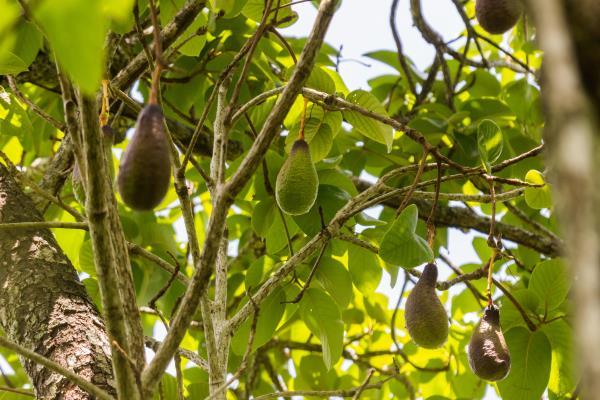Chinin, almost unknown fruit from Mexico
VU
The chinin (Persea schiedeana) is a cousin of avocado originating from the Gulf of Mexico, and is still almost unknown in the world. It has a great diversity of colors and shapes, which vary according to the terrain and climate in which it is grown. It can be green or black in color and has an elongated or curved shape.
The pulp of the chinín is creamier and paler than that of the avocado, almost white, but sometimes it turns brown and can have an unpleasant flavor. Its creaminess is explained by the high content of oils, however, its commercialization is complicated by its rapid oxidation process. Once cut, it can survive in good condition for a maximum of 5 days.
Unlike avocado, chinín does not become an ecological issue due to its short life and remains in the wild or semi-wild state, since it has not yet been modified by human interaction.
Chinin is distributed from Mexico to Colombia. In Mexico it has different names: chinín, pagua, coyocte, kiyo, chalte, chinena, chinene, kiyau, wild pear, avocado, butter avocado, or wild avocado.
The chinin tree is very resistant to climatic phenomena and floods, and can reach 9 to 25 meters in height. It lives in Mexico mainly in the states of Veracruz, Oaxaca, Tamaulipas, Puebla, Tabasco, Chiapas, Campeche and Quintana Roo. It grows in soils with a hot and humid climate, and for this reason it can be mainly found in forests or jungles.
Today, the area dedicated to chinin is reduced in favor of coffee plantations or other crops. Although the chinin is not on the list of protected species by Semarnat, it is considered a vulnerable species by the International Union for Conservation of Nature (IUCN).





